Welcome, Classic Film Lovers!
Welcome to Sister Celluloid: Where Old Movies Go To Live! I’m so happy we found each other! Here, it’s all about classic films—and you! It’s a dialogue, not a monologue. Please take a look around, and jump in on every story that interests you. Stop by often, as I’ll be adding lots of great history, news, interviews, photos etc. And I’ll be running contests for fabulous prizes like vintage jewelry, great books and terrific DVDs and CDs! Please scroll through, dig in and pipe up! I’d love to hear from you!
Can We Save TCM? Will This Movie Have a Happy Ending?
You head outside on a winter’s day with 90 percent of your body covered, but suddenly it’s 20 percent. Think you’d notice? You were making $90,000 a year yesterday but $20,000 a year today. Think you’d notice? Your bathroom was 90 square feet yesterday but 20 square feet today. Think you’d notice?
And yet Warner Bros. Discovery pats frantic TCM viewers on the head and says there will be “no discernible difference” after slashing the staff size from 90 to 20 and axing the entire leadership team. The only thing missing was sending us to bed with a warm glass of milk.
“We remain fully committed to this business, the TCM brand, and its purpose to protect and celebrate culture-defining movies,” cooed chairwoman and chief content office Kathleen Finch in a press release. Uh-huh. And Gregory Anton is a loving and devoted husband.
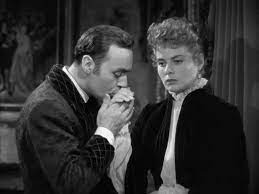
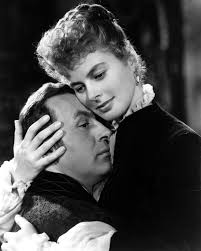
We’ve also been assured that the TCM hub will remain on the Max streaming service. Right now that includes 561 films out of the roughly 130,000 titles TCM has at its fingertips. I feel better already!
CEO David Zaslav has made a great show of his love for film history—claiming he has TCM on in the background all day from his perch behind Jack Warner’s desk, celebrating 100 years of Warner Bros. at the recent TCM Film Festival, and generally saying all the right things to reporters. (One recently banged out a long Twitter thread to claim, with horror and shock, that she now feels she was lied to. Really? A CEO was less than frank with you? You don’t say!)
Zaslav is not only a total corporate weasel but really, really bad at his actual job. WBD’s stock price has nosedived under his “leadership,” and supposed blockbusters like The Flash have bombed. And I’m guessing its CGI line alone probably rivals the entire annual budget for TCM, which is barely a blip of the $37 billion for the company overall. Zaslav slashing TCM’s staff is like a zillionaire losing big at the craps table and deciding to skip his mum’s birthday present this year to make up for it.
He is the classic example of knowing the price of everything and the value of nothing. Here’s a clip of the stunning “Forgotten Man” number that closes Gold Diggers of 1933. Leaving aside the brilliant Joan Blondell and Etta Moten, cast your eyes on any of the extras—the soldiers marching along, the women reaching out to them. Every single one of them has contributed more to our culture in this one scene than Zaslav has in his entire fecking useless life. But not content to merely create nothing, he’s actively destroying, minimizing or rendering invisible the work of others, threatening to erase a critical part of our shared cultural heritage and stored memory bank.
Remember the line in Pygmalion when Eliza is warned to avoid thorny topics and stick to the weather and everyone’s health? My Mom and I, who locked horns often, usually focused on music and old movies—and TCM looms large in my memories of her. Hours and days and years of sitting on the sofa next to her, the glow of the black and white as soft and soothing as Christmas lights.
And when her sister Ruth, who once had a life-changing encounter with Van Johnson, developed dementia, we’d spend long afternoons watching musicals on TCM. By then she’d forgotten who I was but something clicked when she saw Judy Garland. One day she nodded and tapped her knees to the beat as I sang along to “The Trolley Song,” matching Judy’s every sway and swoon in a number I knew by heart. Just then her home aide walked in, and from that day on I was known as “the clang-clang lady.”
TCM is not just a vital keeper of our cultural flame. It’s part of our lives and our most cherished memories, often of those we’ve lost. Zaslav’s duty is to keep the torch burning and pass it along—not to burn bridges with it.
The Buster Keaton Biopic Starring Rami Malek: All the Latest from the Man Who Wrote the Source Material!
Buster Keaton fans waited decades for the definitive biography of their silent hero, James Curtis’s bestselling Buster Keaton: A Filmmaker’s Life, which was recently named Book of the Year in a readers’ poll conducted by Silent London. But the biopic based on the book is moving along much faster, thanks in part to the passion of its lead actor: it turns out Rami Malek is a huge Buster fan and is already working with the motion coach who guided him through his Oscar-winning portrayal of Freddie Mercury in Bohemian Rhapsody. Warner Bros. is set to produce the miniseries, with Matt Reeves at the helm.
We sat down with Curtis for all the latest on the biopic and more.
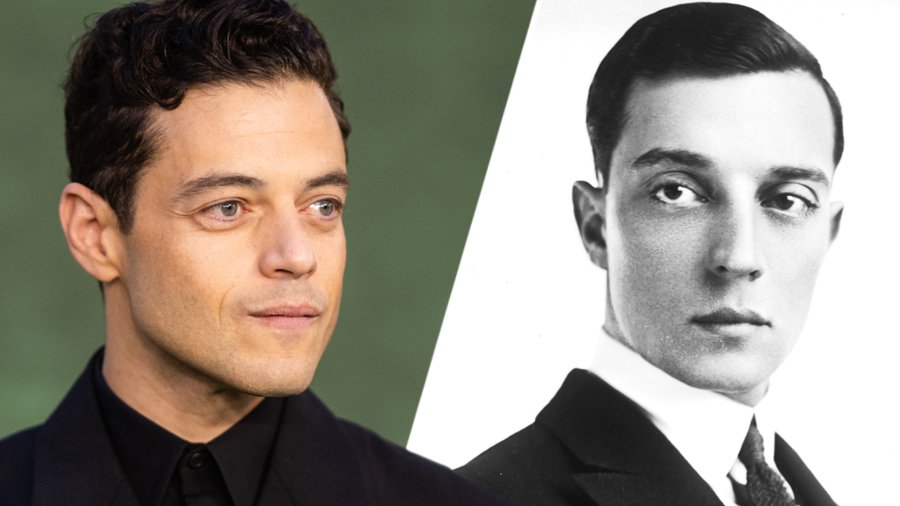
So everything’s coming together for this project!
Yeah it seems to be. The final step is for someone to buy it, which could happen fairly soon.
When you were writing the book were you thinking at all about who might play Buster?
I never think about those things. I’ve got to think about putting the book across, and all the other stuff is someone else’s worry. It’s like writing a book and expecting an award. I think that’s foolish. If you enter into something like this with an expectation like that, it’s guaranteed it’s not to happen! <laughs>
I was surprised, even before the book came out, at all the inquiries we got in terms of film rights. I’ve gotten nibbles in the past but never anything like this. A lot of the inquiries come through third parties so you don’t even know who’s interested. “We have a client…” That sort of thing.
I was getting ready to go to New York to do some promotional things, and I’d been working with writer-producer David Weddle, whose current series on Apple+ is the terrific For All Mankind, He took the meetings, and it just started to get more and more solid as an idea. So I’ve just been watching with a certain amount of amazement because it seems to have taken on a life of its own. [Editor’s note: Both Curtis and Weddle are members of the Buster Keaton Society, also known as the Damfinos, so the project is in loving hands all around!]
Could you tell when you were researching and writing the book that there seems to be this sort of groundswell of interest in Buster?
Yeah, I was aware of that, and I knew there was going to be a readership for it.
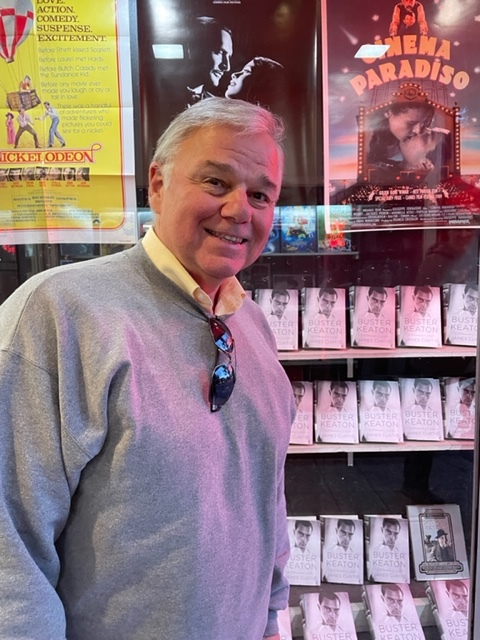
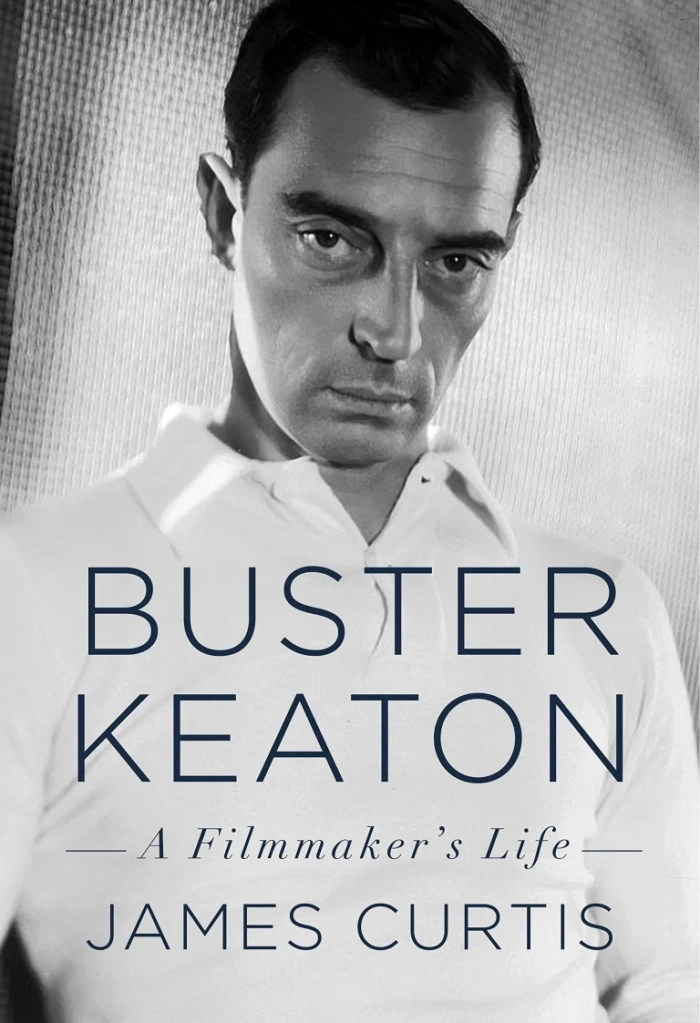
What was your approach to the subject?
I always play around with a lot of ideas, and one thing I did not know if I was going to keep was the idea of having episodes of the making of The Railrodder at various points in the story. The first person to read anything I write is my wife Kim. When I get finished drafting a chapter and it’s been done and dusted to some degree, I hand it over to her. As we were going through it I said, “Do you think I should cut that structural element?” And she said, “No, it works fine!” Also, I figured my no-nonsense editor would tell me to cut it if she disliked it. So I just barreled forth with a certain amount of trepidation, and no one said, “Jeez this is awful, get rid of it!” So that’s how it stayed in.
I think it works great!
Well thank you. The thing I was trying to do was to tell the reader that Buster got through everything he faced in life, however horrible, and here he is near pretty much the end of his life and he’s back co-directing a silent comedy again. So it all comes full circle in a way.
Right, and you get rid of the sort of tragic veil over Buster, which has always kind of irritated me.
Yes, I agree. That’s the cheap, easy sort of conclusion, and I know there are certain readers who want to be led around by the nose and told what to think and what to feel, but I’m not suited to that sort of sledgehammer approach. The people who are missing that are going to say, “Well, he just didn’t ring the bell for me on that one,” and my reaction to that is, “Good!”
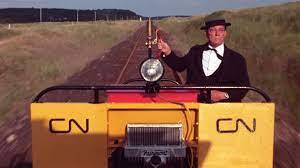
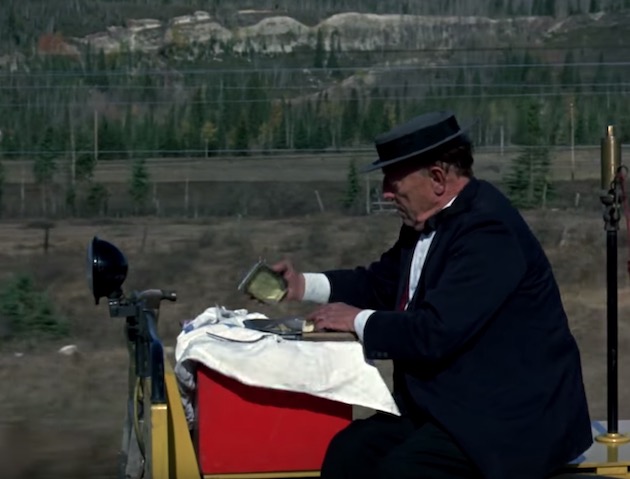
What kind of choices do you make as an author, writing about a life like his?
Really the research is your guide. I recently saw the documentary about Robert Caro and Bob Gottlieb, and one thing Caro said really struck me: “Writing is hard but I love the research.” I feel exactly the same way. I love doing the library work, I love talking to the people.
Often the most interesting things are not always the things you have lots of material on, so you really have to dig. Some authors might say, well, I have a lot of material on this so that gets the emphasis.
Yes and then that availability ends up being the engine that drives the whole project.
Right, right! I’ll use an example from the Spencer Tracy book: The most documented of all of his features was The Old Man and the Sea. Every major player on that film left papers behind, so there was just scads and scads of material. The problem is, it’s not a very good or significant film. And so I could not use that material to the extent that I might have. But there were other important films that deserved greater emphasis but for which I didn’t have the material I wish I did. As the great John McPhee said, “Creative nonfiction is not making things up. It’s making the most of what you have to work with.”
I’m a really tough audience for biographies anyway, and frankly I’m appalled at some of the stuff I see out there—especially the stuff that gets good reviews! There are a lot of reviewers who really don’t know what they’re talking about but they say it with authority and the authority of their medium.
How about regular readers? Have you enjoyed being out there with Buster fans?
Oh yes. My favorite environment when promoting the bio is when I’m paired with one of his films and you’ve got people there who are really serious about him. People come up to me after a film like Go West and thank me for programming it. It’s their first time seeing it on a big screen, or their first time period.
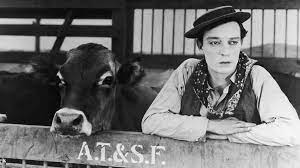
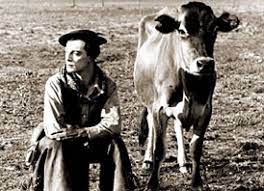
Now that you’re about to venture into the world of biopics, what are some of your favorites?
I’m a difficult audience for biographical films, but there are some I love. I tend to put them in different categories. There are some that are wildly off base factually but are very entertaining. In that category I would certainly put Yankee Doodle Dandy and maybe a few of those that Paul Muni did in the thirties. In the fifties it was a real trend for a while, and that’s when you got films like the The Buster Keaton Story with Donald O’Connor and Man of a Thousand Faces and I’ll Cry Tomorrow and The Helen Morgan Story.
The second category is for slice-of-life films where they focus on a narrow period in the person’s life, like Patton, which is one of my favorite films of all time. So it’s more of a character study that masquerades as a biography, and some of those are awfully good.
The ones that are toughest to pull off are those hat cover entire lives, or those, in other words, belonging to the cradle-to-grave category. I thought the Ray Charles movie was very good, as was the Clint Eastwood film Bird, which, in my opinion, is the best thing he’s ever done. It’s an example of a film where he’s not telling you what to feel, he’s showing you so that you can muster your own reaction, which to my way of thinking is the essence of good filmmaking.
The problem with a feature film is that you only have a hundred twenty minutes or so to put the whole life across.
Which won’t be an issue with the miniseries!
Right! In this case, we’ll probably have eight to ten hours to tell the story.
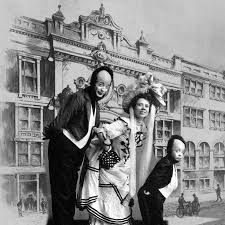
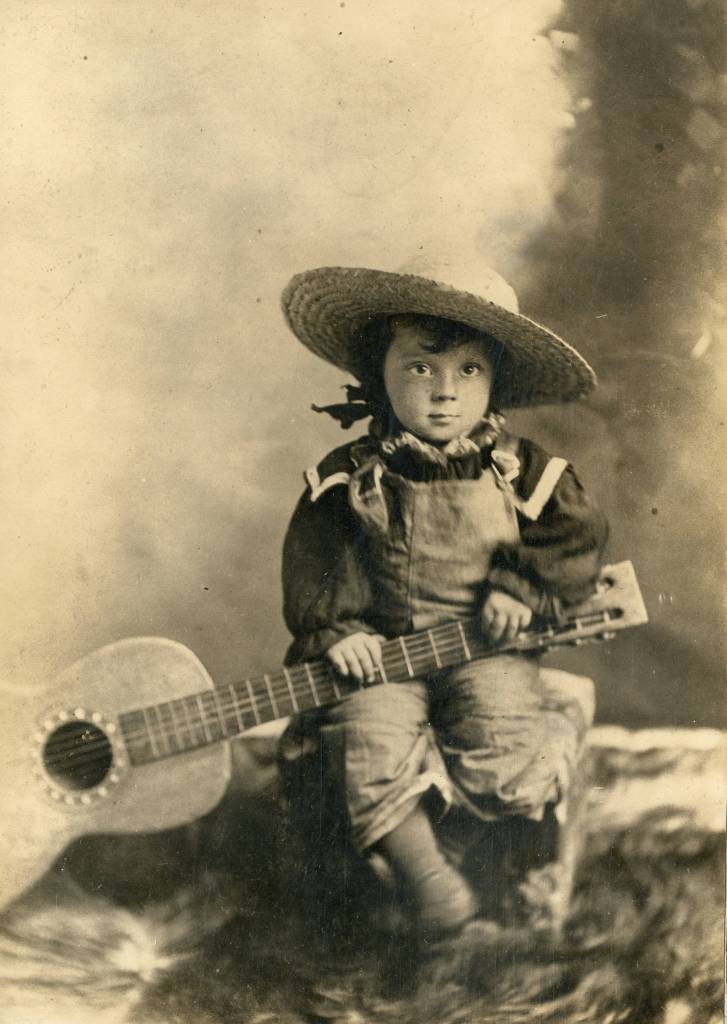
So they’ll be able to start with his childhood?
It’s not my decision to make, of course, but I think they’ve got to start with his childhood because that’s where Buster learned comedy. He was on stage from the time he was four or thereabouts.
And his childhood was fascinating! So much in the book about how successful the family act was, even though they had the Gerry Society chasing them around Manhattan.
They were one of the standard acts in vaudeville, and that’s the period of time when Joe Keaton gets to shine. Joe would be a helluva role for the right actor. And this is where Buster learns how to engage an audience, and how to fall and take tumbles without injuring himself.
And not to sort of milk scenes for sympathy, which is huge.
Right, and there’s just so much that happens there, it’s probably at least one episode, I’d guess, and it’s the sort of thing that really sets up the character so when the grown Buster appears later on, he’s got all that background informing his actions. So I really think you have to cover his whole life, and we’ve got the time to do it.
There are all sorts of great characters in the Keaton story. Imagine an actress taking on Mae Scriven. That would’ve been a Shelley Winters role at one time.
Or Gloria Grahame!
Yeah right! And Fatty Arbuckle is a great role. And Al St. John in his way. And Joe Schenk is a great character part.
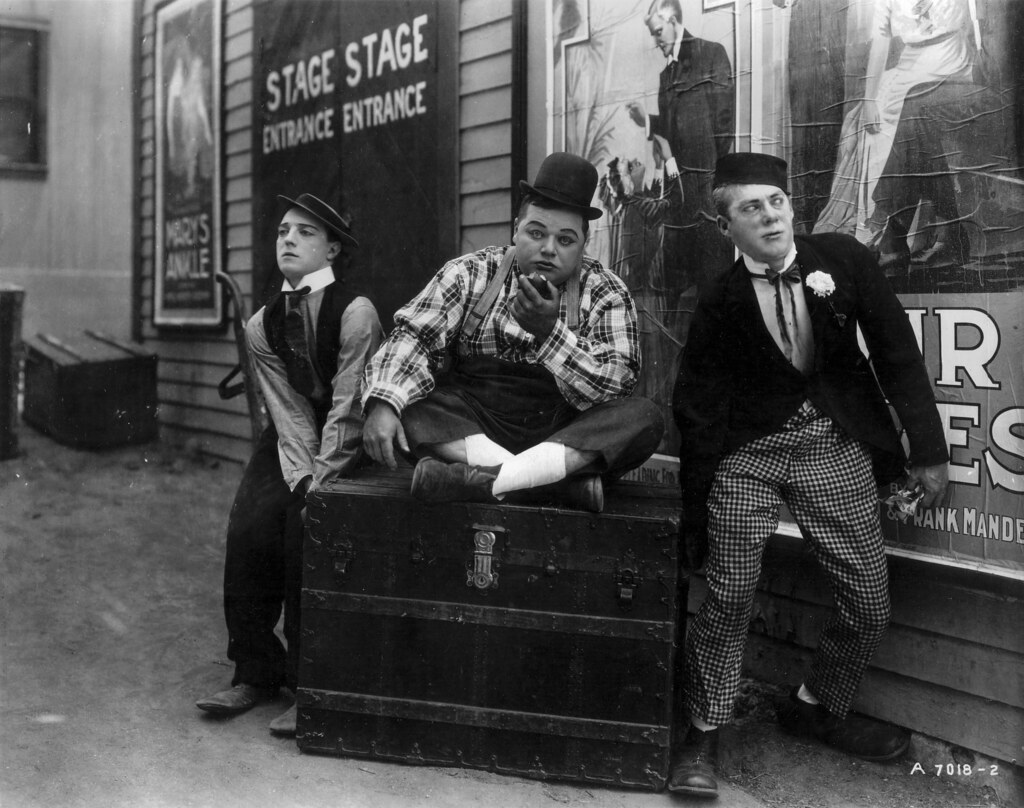
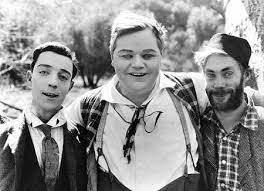
How familiar are you with Rami Malek? Did you see Bohemian Rhapsody?
I did and I thought he was awfully good. That’s a good biopic.
It was almost like an old-time musical where we’re gonna form a band and put on a show!
Yeah if you go back to Judy Garland and Mickey Rooney, taking over the garage or the barn or something and putting on a show.
I was really excited to find out that Rami Malek was such a big Buster fan!
It’s wonderful in that respect. He’s the perfect choice. He’s got the feeling for it, I think he’s got the intensity for it. My take on him as an actor, based upon the very little I know about him, is he’s got the same obsessive qualities as an artist that Buster had and I think he’d understand someone with that fierce dedication to his art. I think when Buster was at work, especially during his prime period, he was laser focused on that to the exclusion of all else. I think someone like Rami Malek would be able to understand and get into that very deeply and show us things that you wouldn’t necessarily expect.
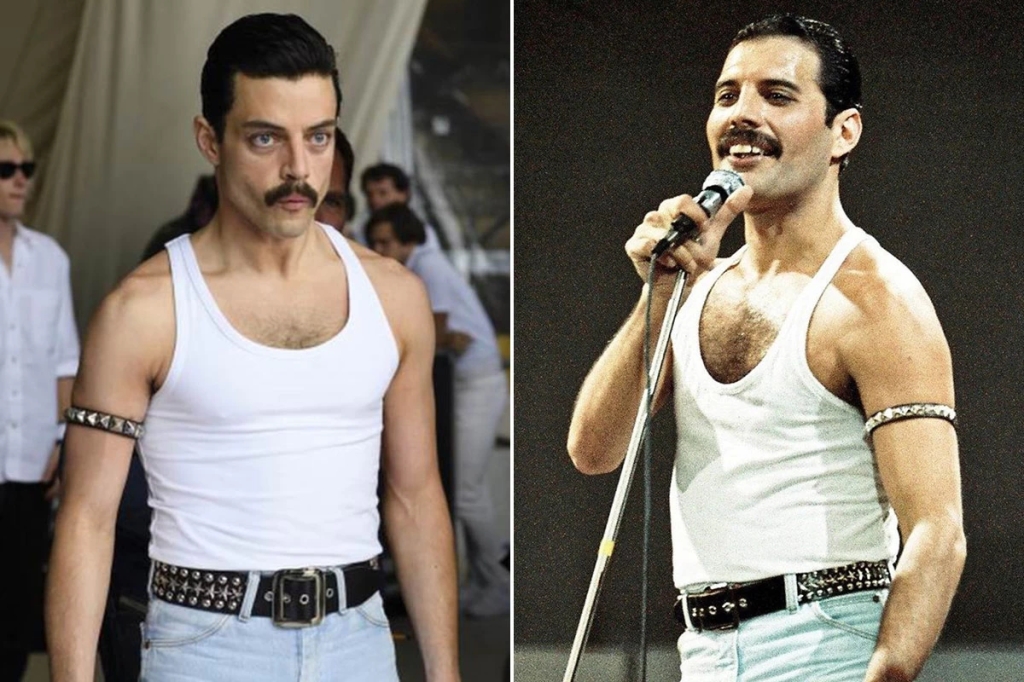
It seems like this is going to be a real labor of love all around.
Yes. I think they’ve got the opportunity to do a really bang-up job with it. They’ve got the time and the wherewithal and they’ve got the right actor, they’ve got the right team. There are a lot of things that are right about this, and I’m very happy about it.
With streaming there’s so much more freedom, you’re not boxed into a two-hour format and you can really run with something if it’s a project that’s important to you.
These days in terms of streaming series like The Queen’s Gambit and Succession and the like, they really have the time to give you first-rate quality. It’s an embarrassment of riches, and I don’t know how it will all play out but for the time being we’re in a golden age of content—and a new way of experiencing it.
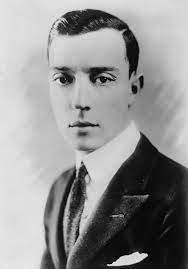
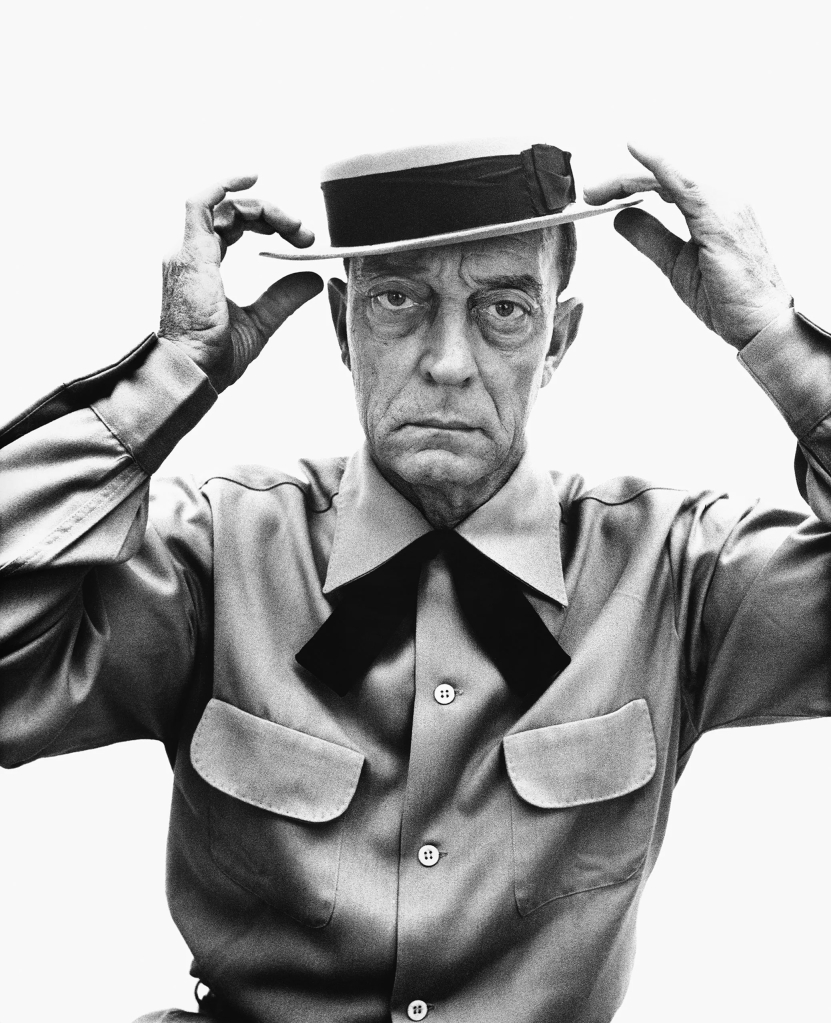
How involved will you be in the actual production?
I don’t know. They probably would like me to stay as far away as possible. <laughs> And I certainly wouldn’t blame them. If they do figure out there’s a role for me to some minor extent, I’d be happy to pitch in.
With a traditional film you can pretty much guess how the process is going to go when they want to option something you’ve written. Streaming hasn’t been around that long and it’s almost like they’re figuring things out as they go along. So it’s been interesting to observe how this whole process has gone down. It’s been a real education and a nice one. I think the goal is to make something that’s really good and memorable, and I’m looking forward to observing even from a respectful distance.
Well I couldn’t wait for your book to come out, and now I can’t wait for the miniseries!
Stay tuned!
It’s Christmas in July! Cool Off with Frederic March and Basil Rathbone in Several Takes on the Dickens Classic
If you knew there was a 1954 version of A Christmas Carol starring Frederic March and Basil Rathbone, you’re a better man than I am, Tiny Tim. Originally presented by Chrysler’s Shower of Stars, this was the first color adaptation (though a black and white Kinescope is all we have left) and also the first musical version. And did I mention it was scripted by Maxwell Anderson and scored by Bernard Hermann? The two even collaborated on a few original songs!
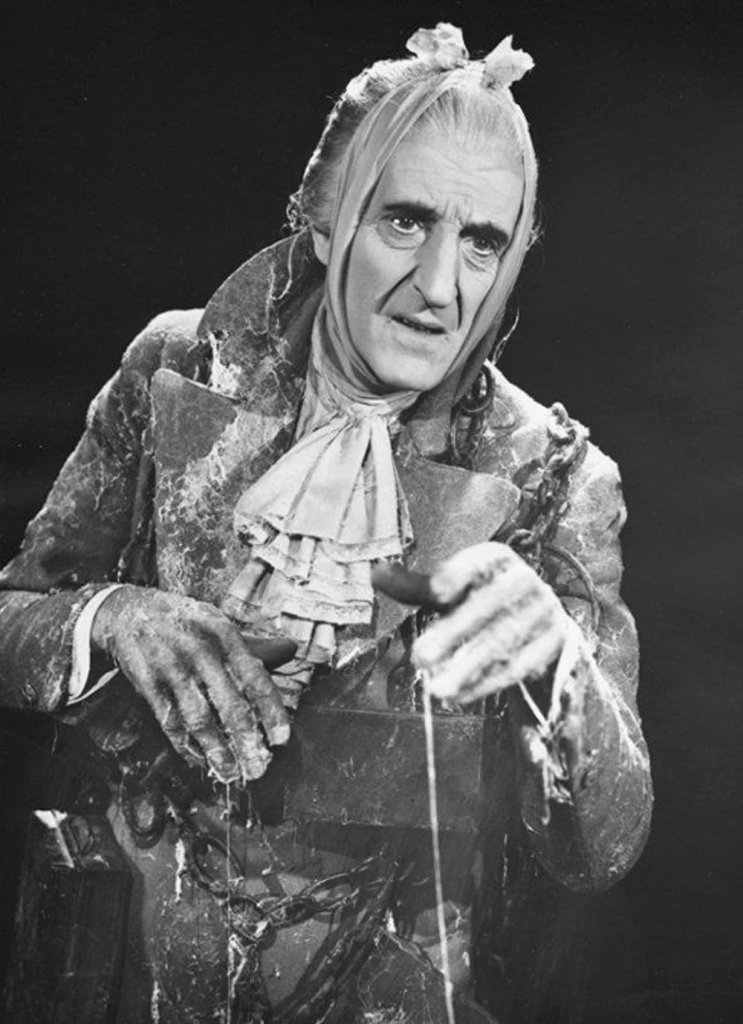
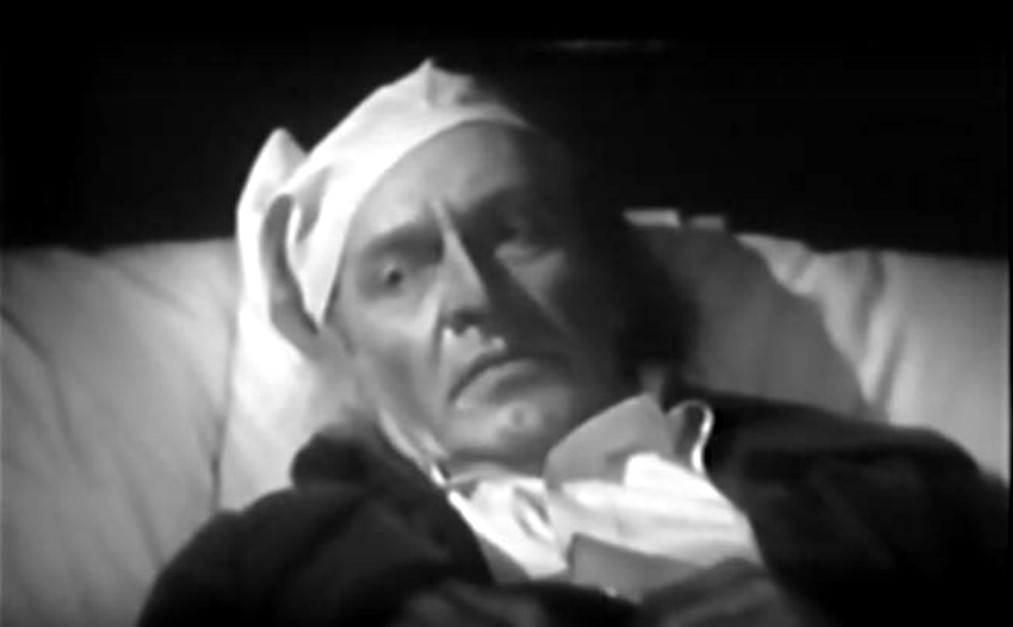
The episode was nominated for four Emmys and won for art direction. And it’s the perfect tonic for our current molten state of
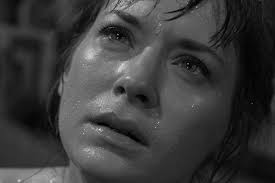
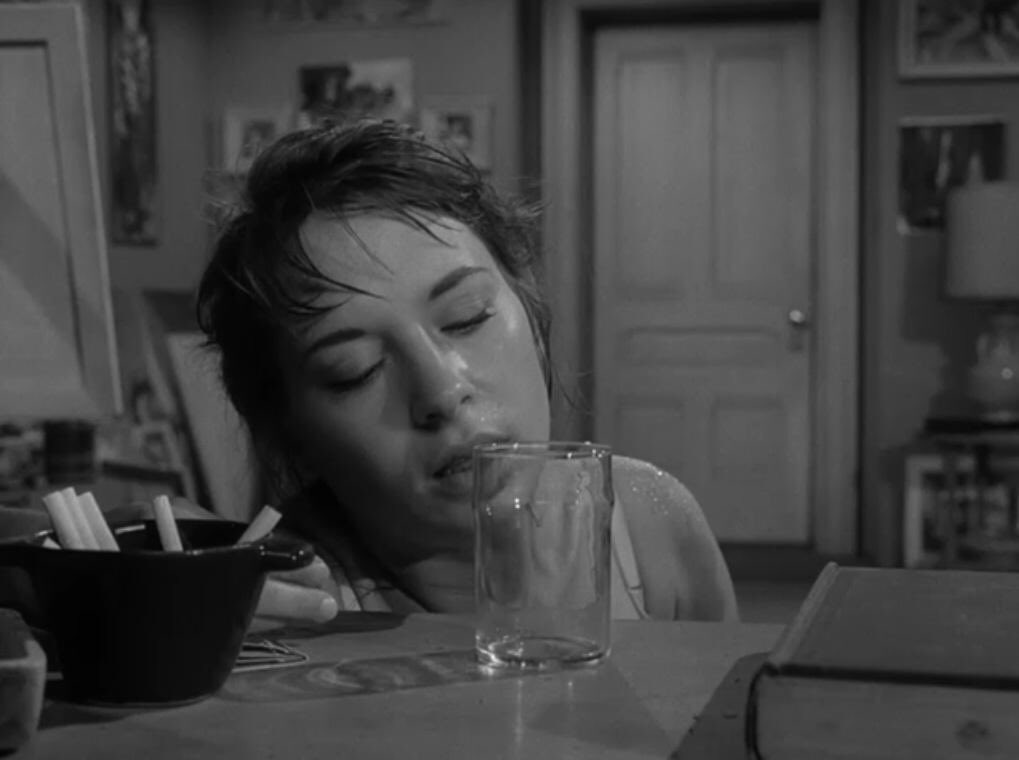
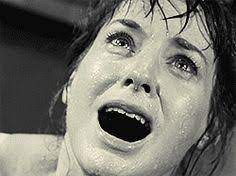
Shower of Stars was hosted by William Lundigan, who also did the commercials, dashing through the “snow” in a knit pompom cap and toggle coat. (I thought the idea of giving your loved one a car for Christmas was dreamed up by the creeps over at Lexus—every year when I see those ads I have to break it to hubs that he’s not getting one, and he seems fine with it—but apparently that trope goes back to at least the 1950s! Oh and this year I’m asking for the 1956 Town and Country station wagon, which is fecking awesome.)
In this version of the Dickens tale, March plays Scrooge to Rathbone’s Marley, but Basil went on to play Scrooge two years later in another musical take, The Stingiest Man in Town, on The Alcoa Hour (with Vic Damone as young Scrooge!). He reprised the role in 1959 for a British show narrated by March; for fans of Cliff’s Notes, that one clocked in at a brisk 24 minutes.
All three shows, starting with the 1954 version, are embedded below. So crank up the A/C, break out the flaming plum pudding, and may God bless us, every one!
STREAMING SATURDAYS! Dan Duryea Shows His Tender Side in BLACK ANGEL
Welcome to another edition of Streaming Saturdays, where we embed a free, fabulous movie for you to watch right here!
This week: Black Angel, a terrific little noir—and one of the far-too-few shots at a romantic lead given to Dan Duryea, who was an absolute peach in real life. Soulfully playing the piano in a white dinner jacket. Gently guiding his lady around the dance floor. And absolutely breaking your heart as a down-and-out composer clawing his way out of the bottle and grasping hard at one last chance for redemption and happiness.
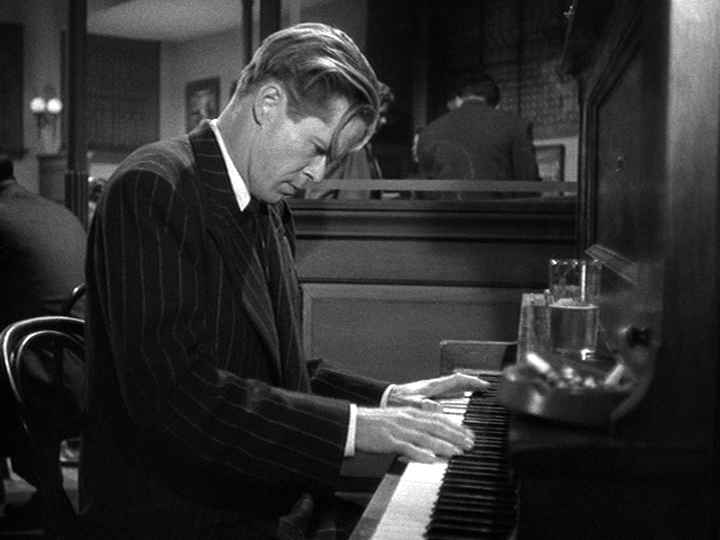
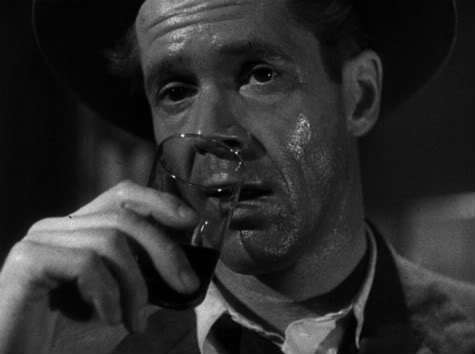
Marty Blair (Duryea) is shaking off his latest bender when Cathy Bennett (June Vincent) comes knocking at the door of his shabby room in a ramshackle boardinghouse. Her husband Kirk (John Phillips) has been wrongfully convicted of murdering his mistresss, torch singer Mavis Marlowe (Constance Dowling), who was also Marty’s ex-wife. And for some reason that frankly escapes me entirely, Cathy is eager to track down evidence that will save him. (Whereas some of us—cough, cough—would take one look at Marty in the person of Dan Duryea, all rumply with his hair lazily falling into his eyes, and decide on the spot that he was a much worthier rescue mission than the straying hubby.)
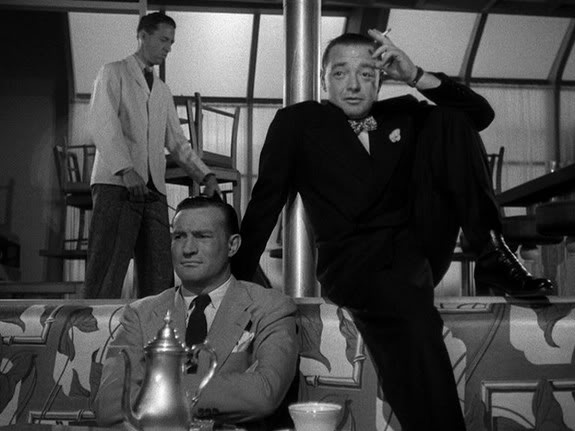
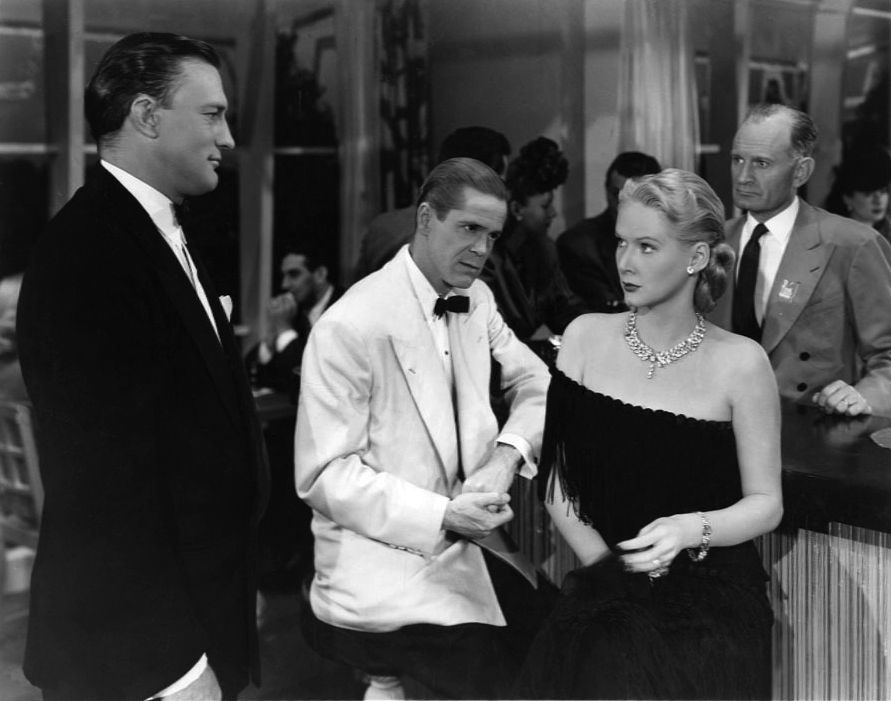
Marty eventually agrees to help the desperate wife, and their investigation leads them to a nightclub owned by the shady Mr. Marko (Peter Lorre, menacing and wryly hilarious as usual) and guarded by his loyal bouncer, Lucky (former boxer Freddie Steele, everyone’s favorite henchman). Convinced that Marko is their man, the amateur sleuths offer themselves up as a lounge act, with Cathy singing and Marty backing her up. (Vincent’s singing is dubbed, but yes, that really is Duryea playing the piano!) When they’re not making music or dancing thisclose, they’re dodging the suspicious glances of Lucky, breaking into locked offices, risking their lives for each other, and growing ever closer. Somehow through it all, Cathy remains true to her faithless blob of a husband, who’s eventually cleared… but how? Sadly, it’s an ending only the Production Code could love.
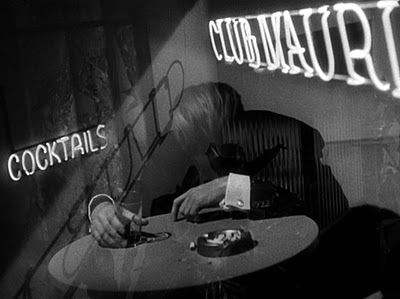
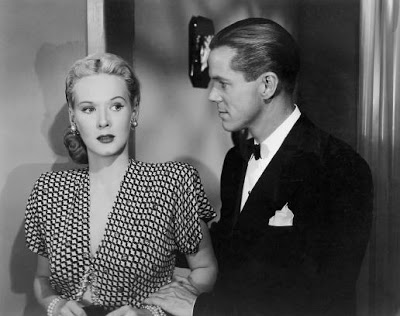
Black Angel was directed by the criminally undersung Roy William Neill, who, with his masterful play of light and shadow, was doing noir long before anyone called it that. Best known for directing most of the Sherlock Holmes films starring Basil Rathbone (who affectionately nicknamed him “Dear Mousie”), Neill was a diehard Holmsian, bringing as much authenticity as he could to the look and feel of the films, considering they’d been hijacked to wartime London to aid the morale effort. He also co-wrote The Scarlet Claw, one of the best offerings in the series.
Ironically, Neill’s first “official” noir was his last film. In 1946, shortly after completing Black Angel, he succumbed to a heart attack at age 59, during a family visit to London.
Based on a novel by Cornell Woolrich, Black Angel was brought to the screen by Roy Chanslor, who went on to adapt Johnny Guitar and Cat Ballou. Woolrich was underwhelmed by the results: “I was so ashamed when I came out of there, it took me two or three days to get over it. All I could keep thinking of in the dark was: Is that what I wasted my whole life at?”
Funny. All I kept thinking of in the dark was Dan Duryea.
STREAMING SATURDAYS is a regular feature on Sister Celluloid! You can catch up on movies you may have missed by clicking here! And why not bookmark the page to make sure you never miss another?
Busting Myths About Buster: A Talk with the Author of the Definitive Keaton Bio We’ve All Been Waiting For
I’ve been in love with Buster Keaton since the third grade and feel like I’ve been waiting just about that long for a definitive bio to come out—and I’m guessing lots of other Buster lovers share that frustration. The three so far have all had their merits: Tom Dardis’s The Man Who Wouldn’t Lie Down had great research; Marion Meade’s Cut to the Chase had some interesting insights, and of course Rudi Blesh’s Keaton had the benefit of input from Buster himself.
But all of them felt massively incomplete in some way. Enter James Curtis—a Buster fan since childhood and author of terrific biographies of Spencer Tracy, W.C. Fields, William Cameron Menzies and Preston Sturges—to finally give Buster the biography he deserves. No surprise that the legendary Kevin Brownlow—whose brilliant three-part documentary A Hard Act to Follow helped stoke more interest in Buster—called Buster Keaton: A Filmmaker’s Life “brilliant! I was totally absorbed, couldn’t stop reading it, and I was sorry when it ended.” So was I.
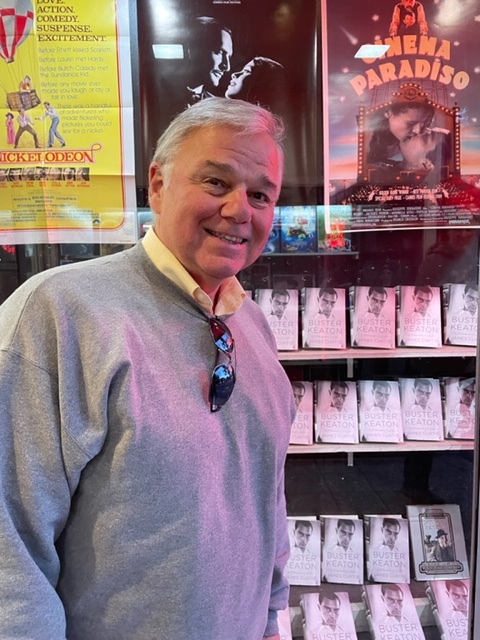
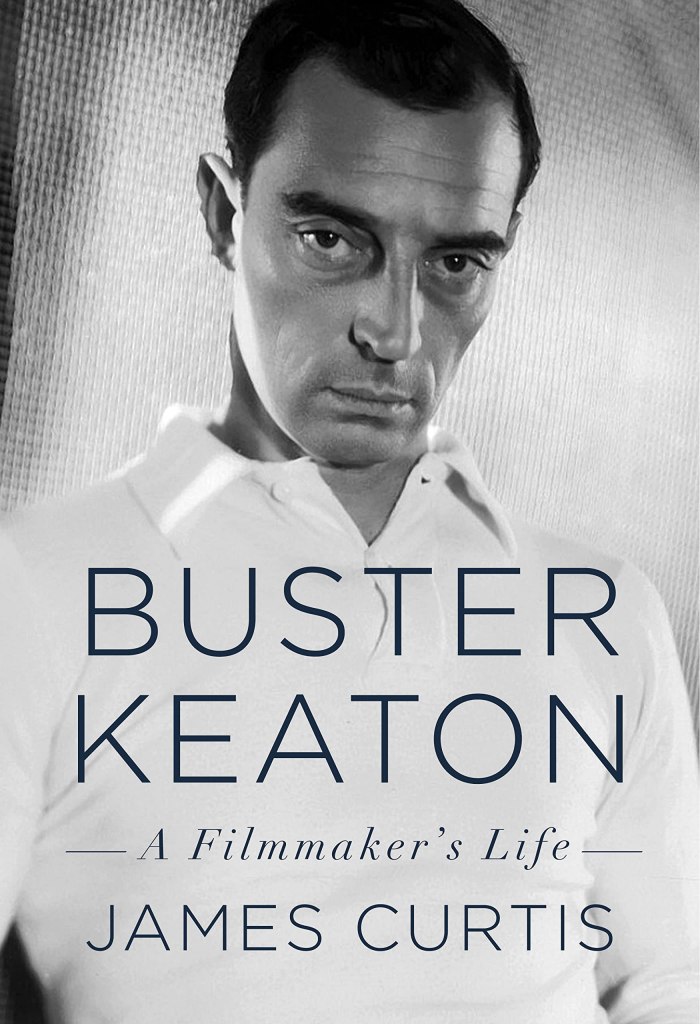
Reading this beautiful book, you feel like you’re going along on Buster’s journey, from the rough and tumble vaudeville years to his early interest in film, his stardom, his lost years, and his rediscovery. Curtis also recounts, with clear-eyed compassion, Buster’s struggles with alcoholism and depression, and well as his troubled relationships before meeting Eleanor. And he never gets in the way of his subject: I don’t really need anyone to tell me why I love Buster Keaton, or to give me dime-store sociology lessons on his place in the societal and cultural pantheon.
Where other authors might fill in factual gaps by inserting their own opinions, Curtis does the real work. His research is nothing short of awe-inspiring: In addition to deeply mining every available source out there, he also tracked down all the research Dardis had gathered from MGM, which is no longer available to archivists, while Brownlow gave him access to all the unedited interviews from his documentary series.
The result is as complete a portrait of Buster’s life, as an artist as a man, as we will ever see. Finally.

I recently sat down with Curtis—or rather we sat down 3,000 miles apart for an audio call—to talk about Buster and the book. At some point soon I hope to have a podcast—because honestly I don’t feel like elevendy zillion podcasts are quite enough—but in the meantime, click below for a listen. (The first minute or so consists hubs and me setting up the audio—which may explain why I haven’t figured out podcasting yet—but then the actual conversation with Curtis is terrific, and offers a lot of new info for Buster fans!)
Streaming Saturdays! Linda Darnell Courts Danger in HANGOVER SQUARE
Welcome to another edition of Streaming Saturdays, where we embed a free, fabulous movie for you to watch right here!
I’ve been on something of a Linda Darnell binge lately, prepping for my first-ever podcast appearance with the lovely Grace Collins of True Stories of Tinseltown, who got in touch after reading my story on Linda’s short, unhappy life.
This week, we bring you John Brahm’s Hangover Square, based (a bit too loosely based for the author’s taste) on a 1941 novel by Patrick Hamilton.
Hoping to capitalize on the success of The Lodger, released the previous year, Fox reteamed Laird Cregar and George Sanders with Brahm for another bit of Victorian horror, this time about a brilliant composer who suffers from unfortunate blackouts during which he embarks on murderous rampages. (Every genius has his quirks, after all.) Livening things up considerably is the addition of Linda Darnell, who had just begun to shed her ingenue image by tackling bad-girl roles. (None of them fared very well, though; by the tender age of 23, she’d been killed onscreen six times.)
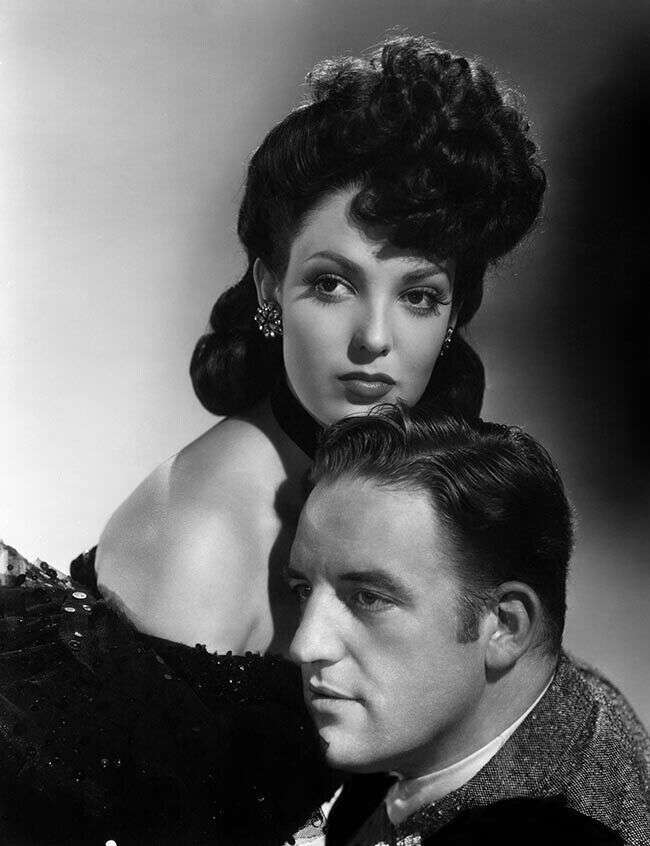

Cregar, who aspired to be a leading man, initially rejected the role of the mad composer, but relented after Fox put him on suspension. However, in an attempt to land more romantic roles, he persisted in what would prove to be a disastrous, drug-fueled effort to lose weight.
Clashes on the unhappy set were loud and frequent; Sanders loathed the script and actually punched producer Robert Bassler in the face in a tussle over the film’s final line. (George was right, and the line was changed. To say more about it would amount to a spoiler, but I’ve explained in Comments.)
Brahm, meanwhile, was frustrated that the film had to be shot entirely in sequence as Cregar grew thinner over the course of the shoot, and the normally genial actor’s reliance on amphetamines shredded his fragile nerves. Finally, in an act of supreme cruelty, Brahm strongarmed the cast and crew into signing a document saying they sided with him. When the movie wrapped, he told the distraught Cregar, “Well, I think we’ve worked together long enough to know we never want to work together again.”
Tragically, that would not be an issue: his heart weakened by the strain of drugs and crash-dieting (and no small amount of emotional distress), Cregar succumbed to cardiac arrest in December 1944, at the age of 31.
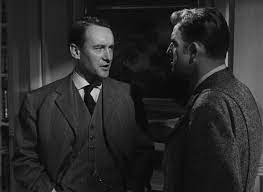
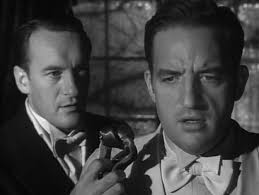
To some extent, though, Cregar’s wish was realized; in the film’s musical sequences, he is lushly romantic, thanks in part to the gorgeous Bernard Herrmann score—which so impressed a teenage Stephen Sondheim that it later inspired much of his music for Sweeney Todd.
Now dim the lights and settle in for Hangover Square!
STREAMING SATURDAYS is a semi-regular feature on Sister Celluloid. You can catch up on movies you may have missed by clicking here! And why not bookmark the page to make sure you never miss another?
Streaming Saturdays! THE TRESPASSER Heralds Gloria Swanson’s Sound Debut
Welcome to another edition of Streaming Saturdays, where we embed a free, fun movie for you to watch right here!
This week, Gloria Swanson in the groundbreaking role that netted her an Oscar nod! I’m talking of course, about The Trespasser.
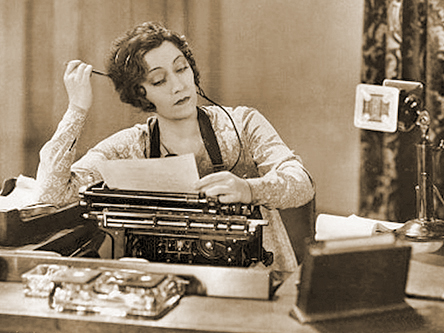
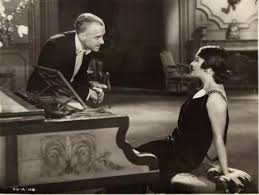
Originally released as a silent, the film was such a smash that writer-director Edmund Goulding reshot it in sound, marking the first time moviegoers would hear Gloria’s lovely, lilting voice.
When we first meet Marion Donnell (Swanson), she’s flitting around the office, scampering in and out of her boss’s suite with her steno pad. Sure, she likes the old boy well enough, but he wants all these niggling little revisions! (As she loiters behind him impatiently, she mimics him with the kind of pantomime she used lavishly in silents and impishly revived in Sunset Boulevard). And she’s eager to leave for the day—in fact for good—to elope with her fiance, Jack Merrick (Robert Ames), scion of the town’s wealthiest tycoon (William Holden—no, not that one—who, you guessed it, is going to be big trouble for poor Marion).
When I say the plot thickens, I mean we’re talking quicksand here. Accusing Marion of fortune-hunting, Jack’s father tries to get the marriage annulled, and honestly Jack is a bit of a simp about the whole thing. A fed-up Marion finally storms out—later giving birth to their son, whom she provides for in decidedly pre-Code fashion. But wait—there’s more! A lot more! But half the fun is in finding out, so I’ll leave things there.
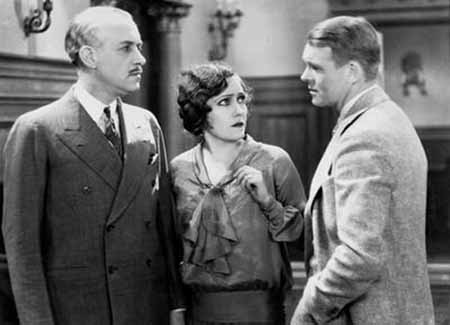
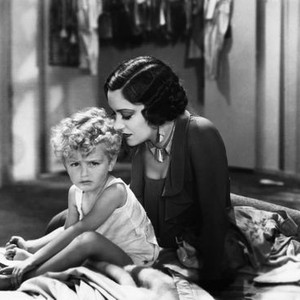
If the plot of The Trespasser sounds familiar to you, it could be because Goulding went on to remake (and sanitize) the film as That Certain Woman, pairing Bette Davis and Henry Fonda a year before their equally fraught romance in Jezebel. (It could also be because in the long history of film, pretty much every plucky working girl who marries a rich boy is set upon by one or both of his beastly parents.)
Goulding would go on to direct a slew of classics, including Dark Victory, The Old Maid, The Great Lie, The Constant Nymph, The Razor’s Edge, and Nightmare Alley.
But after an astonishing career in silents, Swanson would make just one more hit film, in 1950, with a director who’d been spellbound by her as a young writer at Paramount and never forgot her.
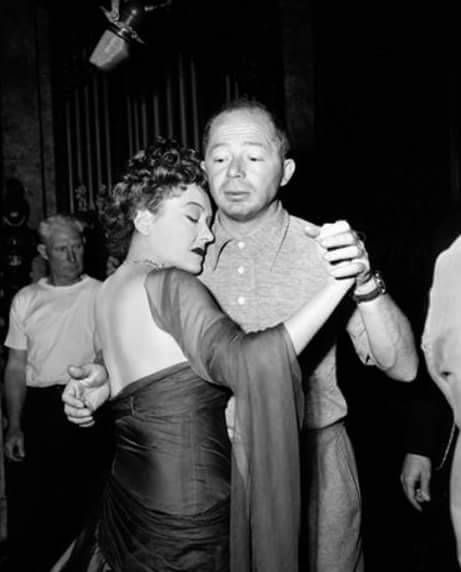
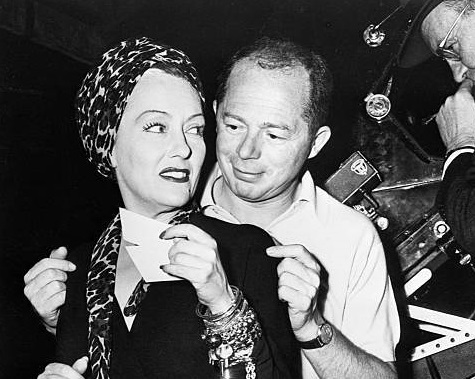
Now, let’s sit back and see why Billy Wilder fell so hard.
STREAMING SATURDAYS is a semi-regular feature on Sister Celluloid. You can catch up on movies you may have missed by clicking here! And why not bookmark the page to make sure you never miss another?
When You Meet Don Ameche, Heaven Can Wait
Sometimes I feel like your crazy Aunt Janet with the stories, like oh my God here she goes with another one. But yes, here I go.
Today’s is about Don Ameche—elegant, sexy, with that deep, resonant voice you can feel right down to the tips of your pumps, and a wonderful sense of the just plain goofy. There was nothing, from the wayward husband in Heaven Can Wait to the lovestruck cab driver in Midnight, that he couldn’t do. (And if you’re looking for a good sleeper film, check out So Goes My Love, in which he drives the genteel Myrna Loy cheerfully insane.)

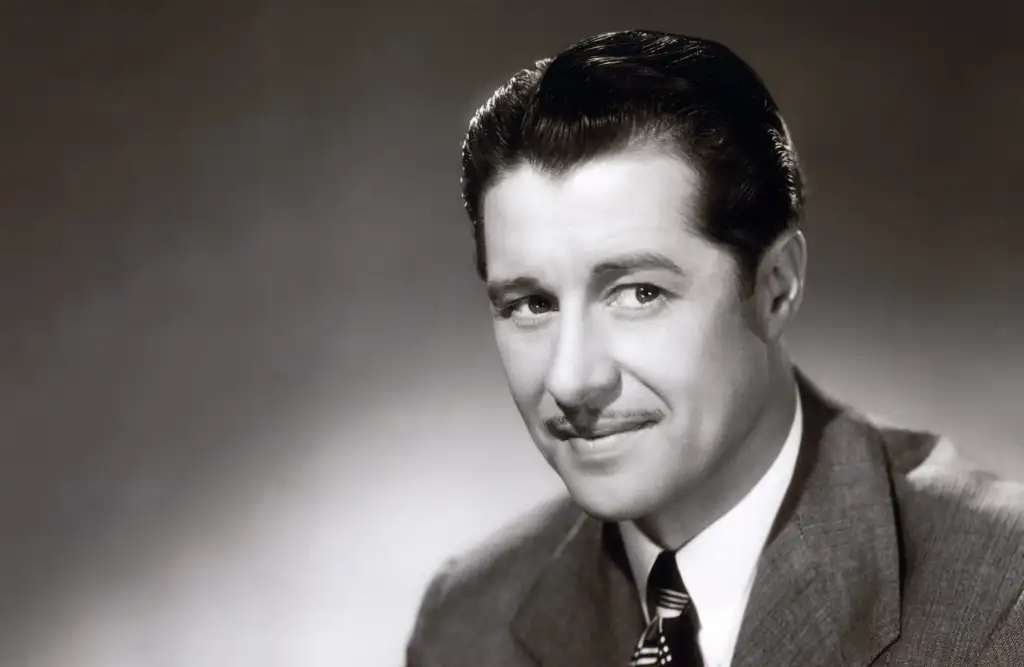
I was extraordinarily lucky to meet him when I was working for a nonprofit PR firm right out of college and he came to New York to work on behalf of the Diabetes Association. Our company had to set up a meeting with him concerning his appearance at a fundraising dinner, and I volunteered to be the one to go. (Okay fine I bound and gagged all my colleagues in the coat closet and bolted the door. Let’s not nitpick.)
He showed up at the hotel restaurant in a gorgeous, perfectly rumpled white linen suit, setting off his gently tanned face, which highlighted his beautiful, still mischievous eyes. He was absolutely swoon-inducing, in his 80s. When he asked if I had any questions, I almost blurted out, “Yes. WILL YOU MARRY ME?!? REALLY, WE CAN MAKE THIS WORK!!”


First we talked about his movies, because really, he wasn’t getting away without doing that. After we went over the classic ones, and his Oscar for a brilliant turn in Cocoon, I mentioned that I always found Lillian Russell unintentionally hilarious, since his character, a frail composer, is suffering from a weak heart and Alice Faye is constantly plying him with buttermilk. We learn he’s finally succumbed to dairy overload when we hear him plunk his head on the piano keys offscreen. At the memory of this, he let loose that wonderful, rolling laugh and had that twinkle in his eyes, and I felt that “whoosh” you feel when a rollercoaster takes a sharp, heady plunge. I could feel my heart go baBUMP, baBUMP, and then flutterflutter.
But at some point, alas, I vaguely remembered that this was the boring old 1990s, not the 1940s, and I had an actual job to do, so we talked about the fundraiser for a while. I dragged out the meeting as long as humanly possible (“What color do you think the tablecloths should be? How about the napkins? Where do you stand on centerpieces?”), but eventually his assistant cast a rheumy eye over me and said they had to go. As he was leaving, I said, “Thank you so much, Mr. Ameche! I think I have everything I need.” And he turned and said, incredibly elegantly, “You certainly do.” Oh my God. I staggered back to the office dreaming I was Alice Faye. But without the lethal buttermilk.
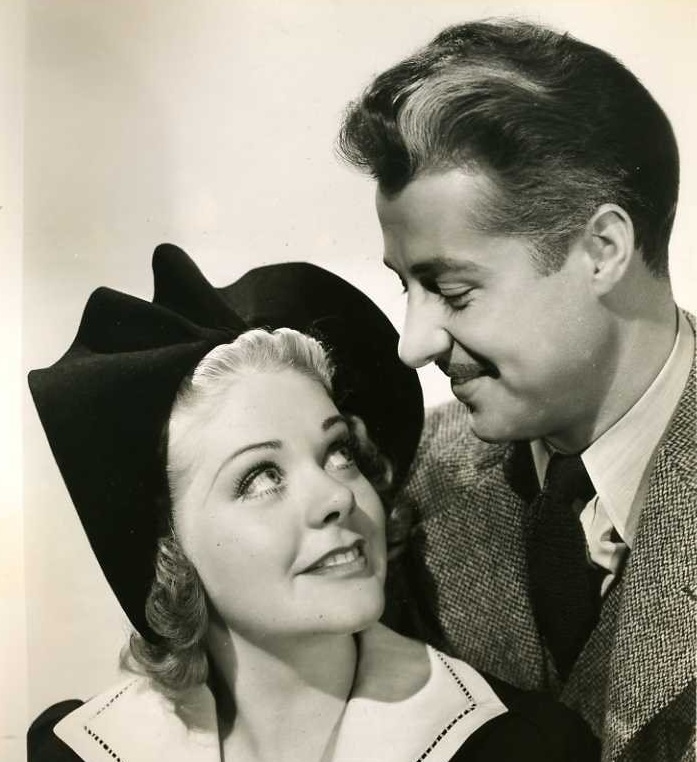
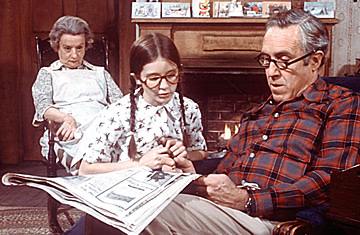

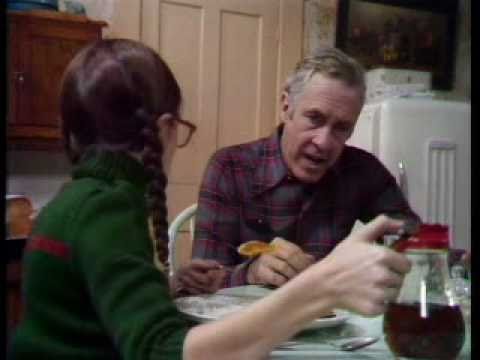
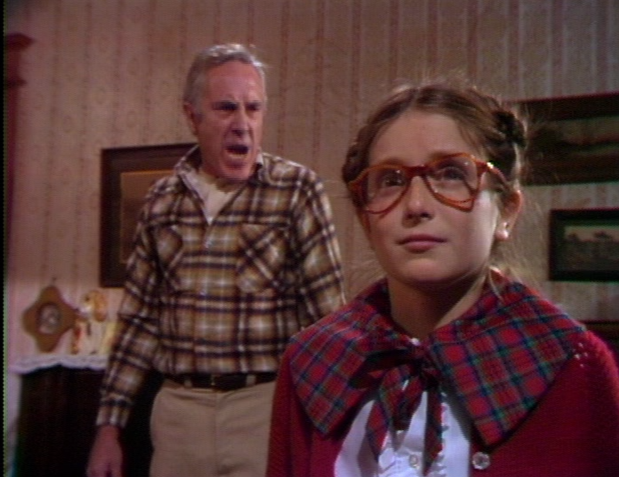
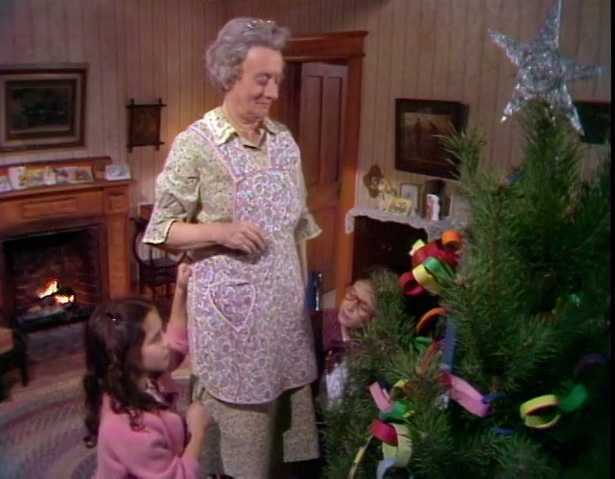
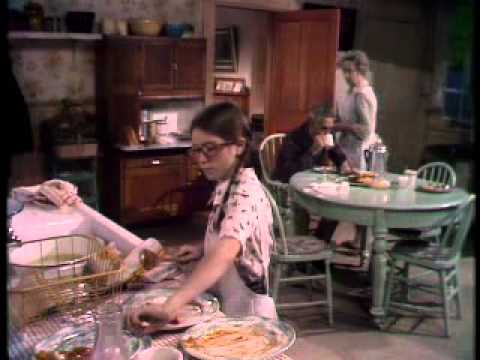
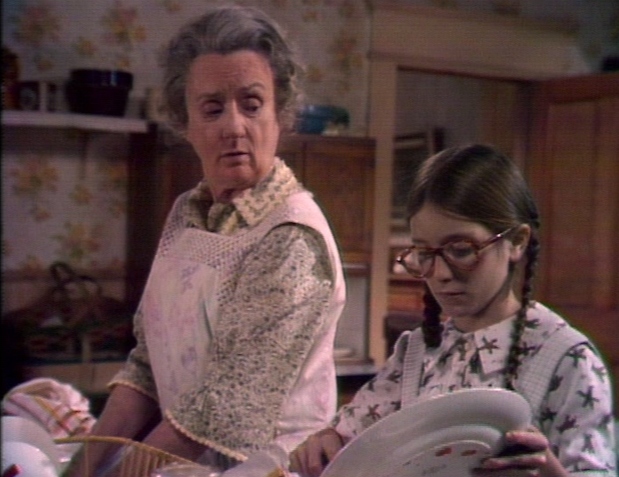
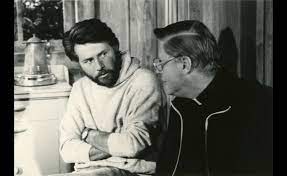
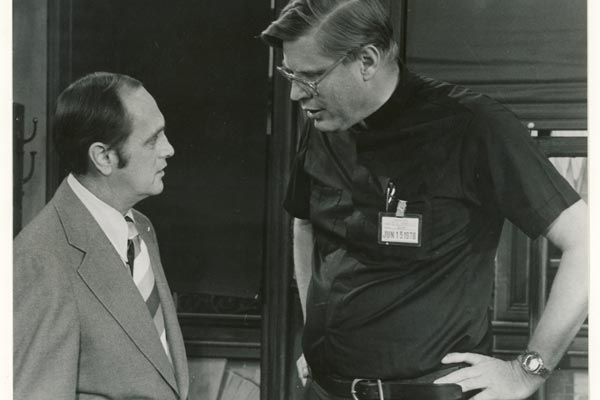
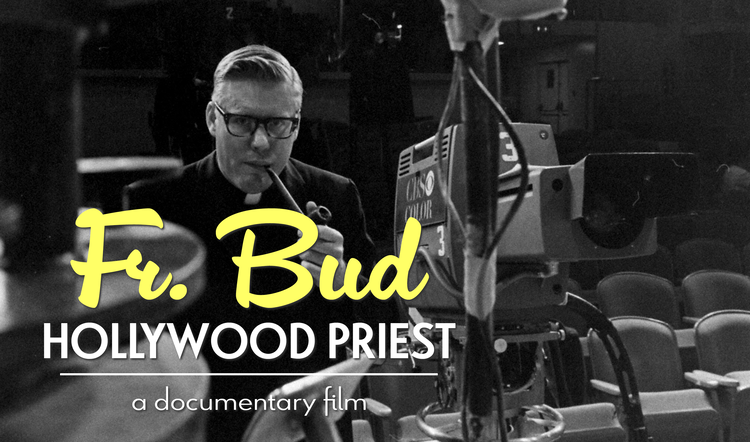
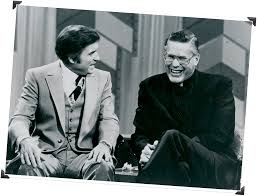
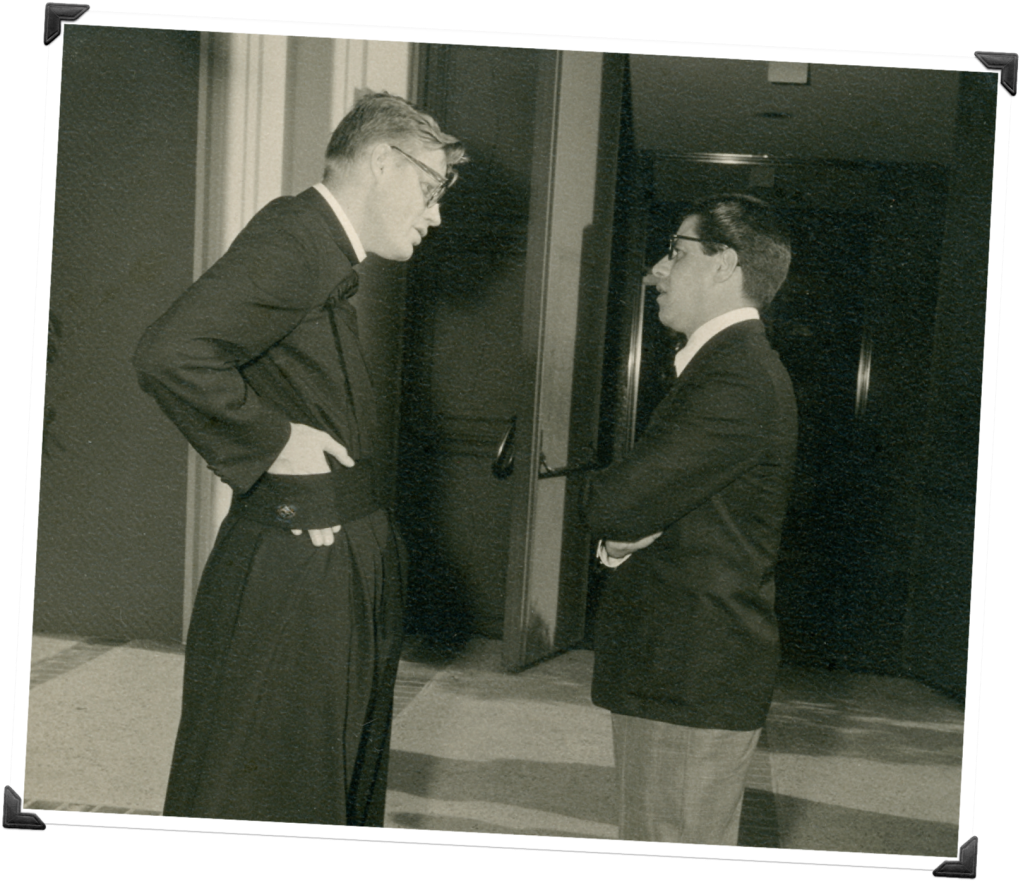
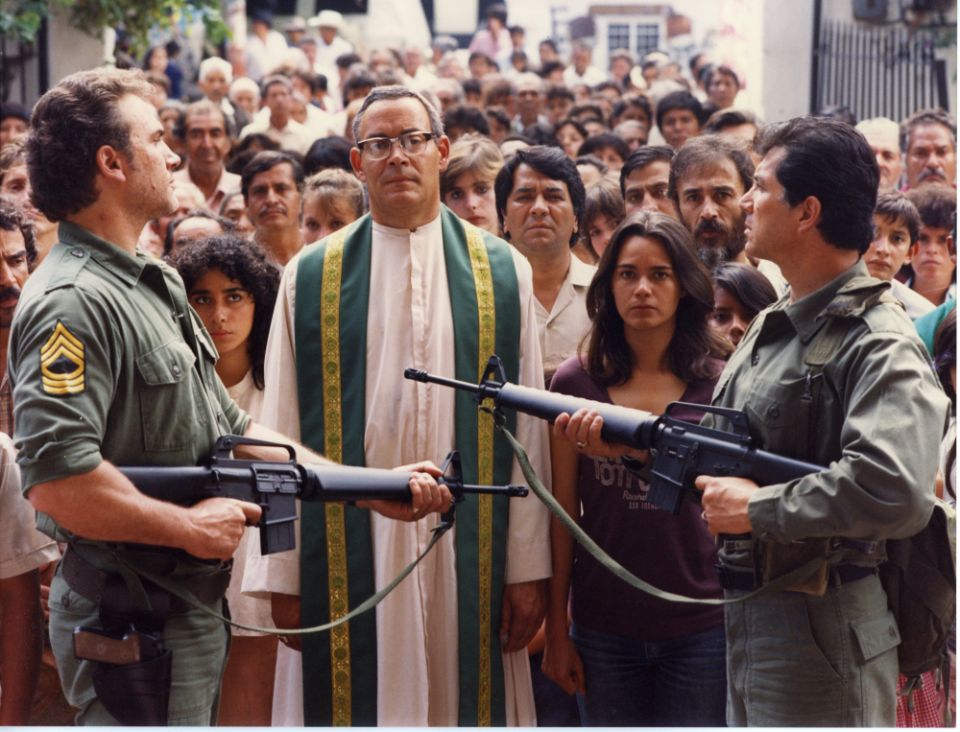
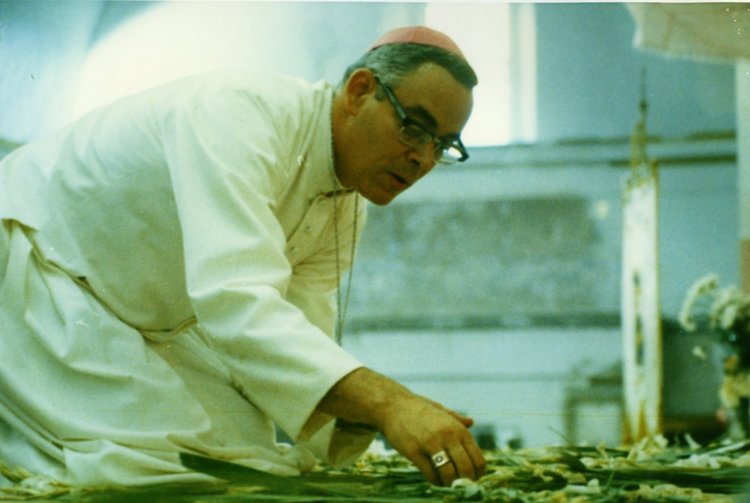
Recent Comments